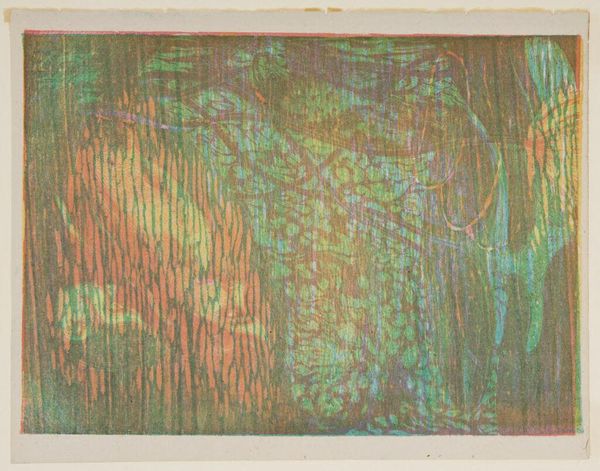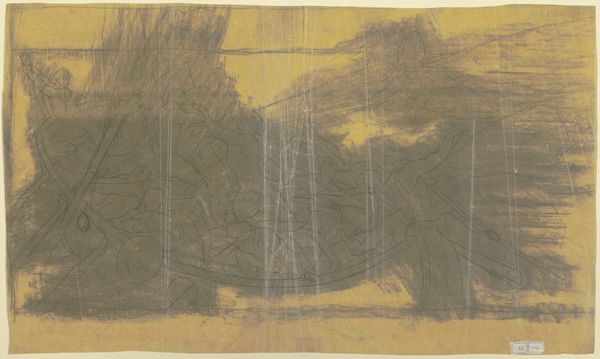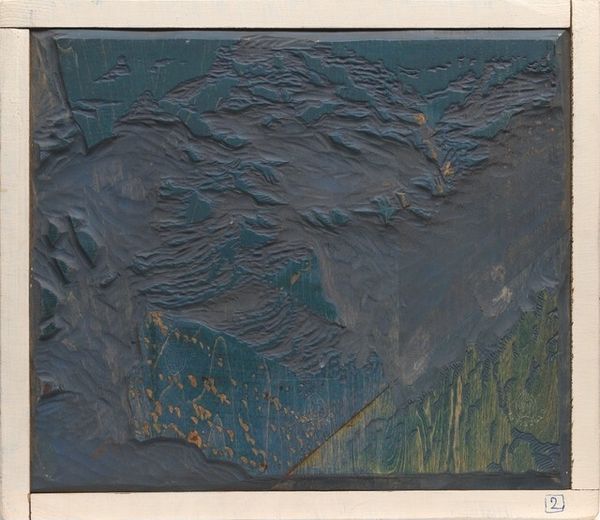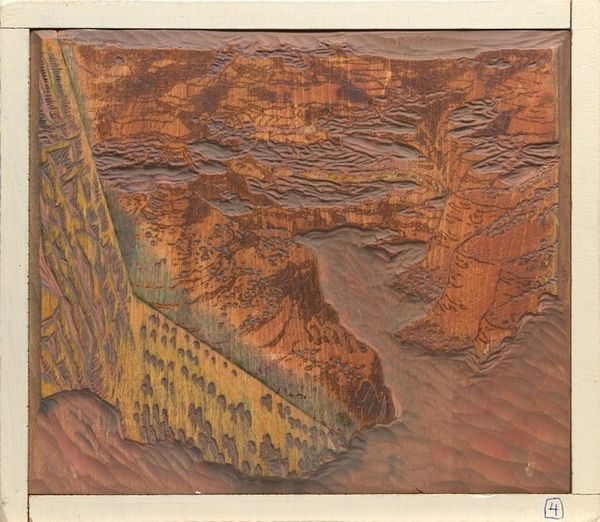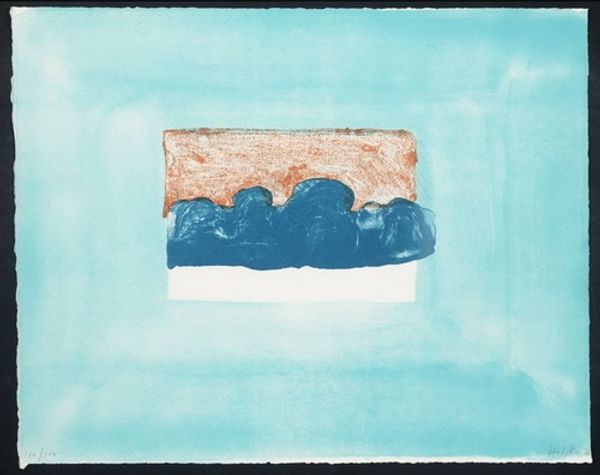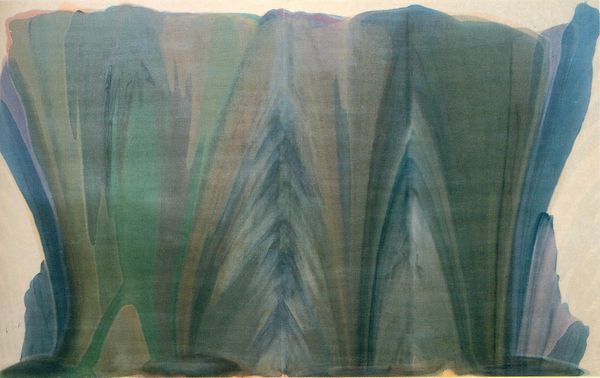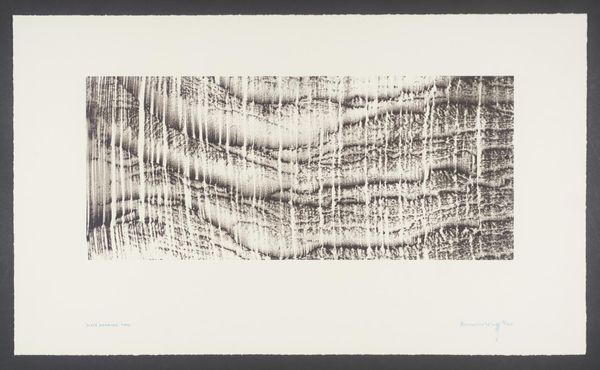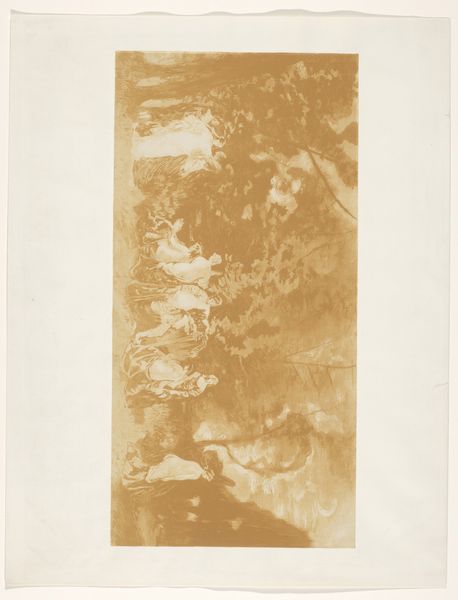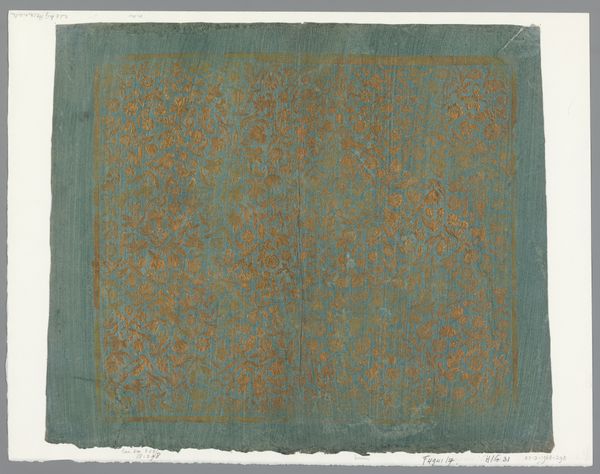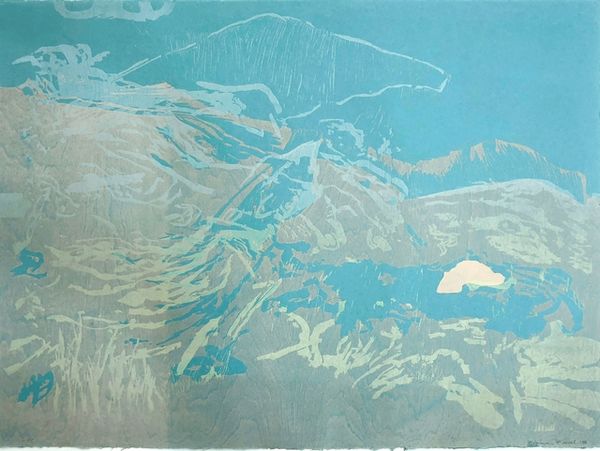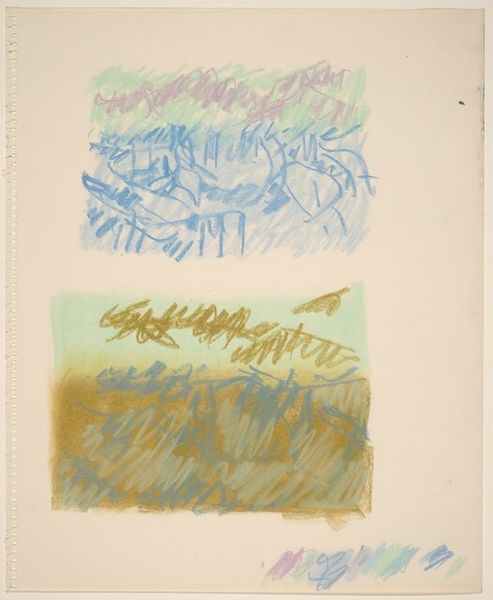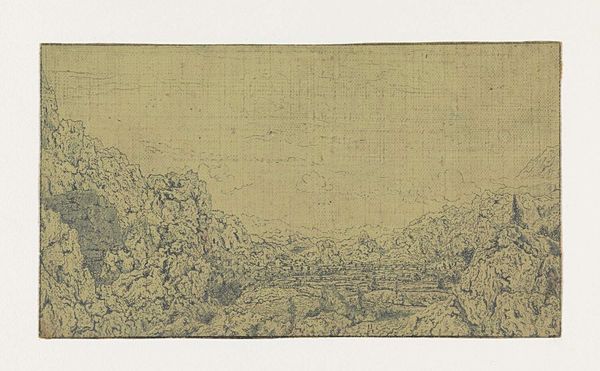![Bright Angel Trail [green block] by Gustave Baumann](/_next/image?url=https%3A%2F%2Fd2w8kbdekdi1gv.cloudfront.net%2FeyJidWNrZXQiOiAiYXJ0ZXJhLWltYWdlcy1idWNrZXQiLCAia2V5IjogImFydHdvcmtzLzk0ZGI5NjMwLWNiMWMtNGE4MC1hMTFjLTdlYTg4NjFiZDJkMy85NGRiOTYzMC1jYjFjLTRhODAtYTExYy03ZWE4ODYxYmQyZDNfZnVsbC5qcGciLCAiZWRpdHMiOiB7InJlc2l6ZSI6IHsid2lkdGgiOiAxOTIwLCAiaGVpZ2h0IjogMTkyMCwgImZpdCI6ICJpbnNpZGUifX19&w=1920&q=75)
print, relief, woodblock-print, wood
#
natural stone pattern
#
toned paper
#
art-nouveau
#
muted colour palette
# print
#
relief
#
landscape
#
handmade artwork painting
#
woodblock-print
#
wood
#
modernism
Dimensions: block: 25.4 × 29.53 × 1.91 cm (10 × 11 5/8 × 3/4 in.) framed: 28.58 × 32.7 × 1.91 cm (11 1/4 × 12 7/8 × 3/4 in.)
Copyright: National Gallery of Art: CC0 1.0
Curator: Here we have Gustave Baumann’s "Bright Angel Trail [green block]", a woodblock print dating from 1919. Editor: My first thought is: tactile! I want to run my fingers over that carved surface. It looks like you could almost trace the paths of those imagined hikers. Curator: Precisely. Baumann was deeply invested in the craft of printmaking. He hand-carved the blocks for each color layer, lending each print a unique, handmade quality. It was about rebelling against industrial production methods, and his dedication became incredibly influential within the Arts and Crafts movement. Editor: It feels a bit like gazing through a vintage viewfinder, a slightly surreal rendering of something vast. And it seems a very gentle landscape in spite of what I’d assume is implied by “Bright Angel Trail;” trails being inherently potentially challenging or spiritual. Curator: The “Bright Angel Trail” does indeed snake down into the Grand Canyon. Baumann was fascinated by the American Southwest. The area held immense spiritual power to many indigenous tribes that predate our notions of national parks and art markets. Tourism there can create all sorts of strange dynamics. Editor: The colors are fascinating, too. This soft green that evokes age, and a touch of gold… suggesting warmth of rock but in a dreamy way? It’s as if the natural majesty is remembered more than recorded. Curator: I agree. He often chose to print on toned papers, allowing the paper's color to interact with the inks, softening and unifying the overall effect. Editor: A kind of harmony, not trying too hard… the type that emerges through thoughtful process, and perhaps also because that process helps you better synthesize a moment into feeling and image? Curator: Indeed. This approach aligned him with the Modernist sensibilities of the era. He rejected pure replication in favor of emotional evocation. The landscapes aren't just places; they become expressions of a mood, and social commentary. Editor: So it’s about memory and critique woven into the fabric of a scene… I think I'm understanding a bit better why his method felt so unique and so touching. Curator: His art provides valuable insight into the role landscape has played within 20th-century notions of American identity. It goes well beyond surface appearances. Editor: A trail doesn’t simply reveal a view. In Baumann’s imagining, it is more like a gateway into something greater than place.
Comments
No comments
Be the first to comment and join the conversation on the ultimate creative platform.
